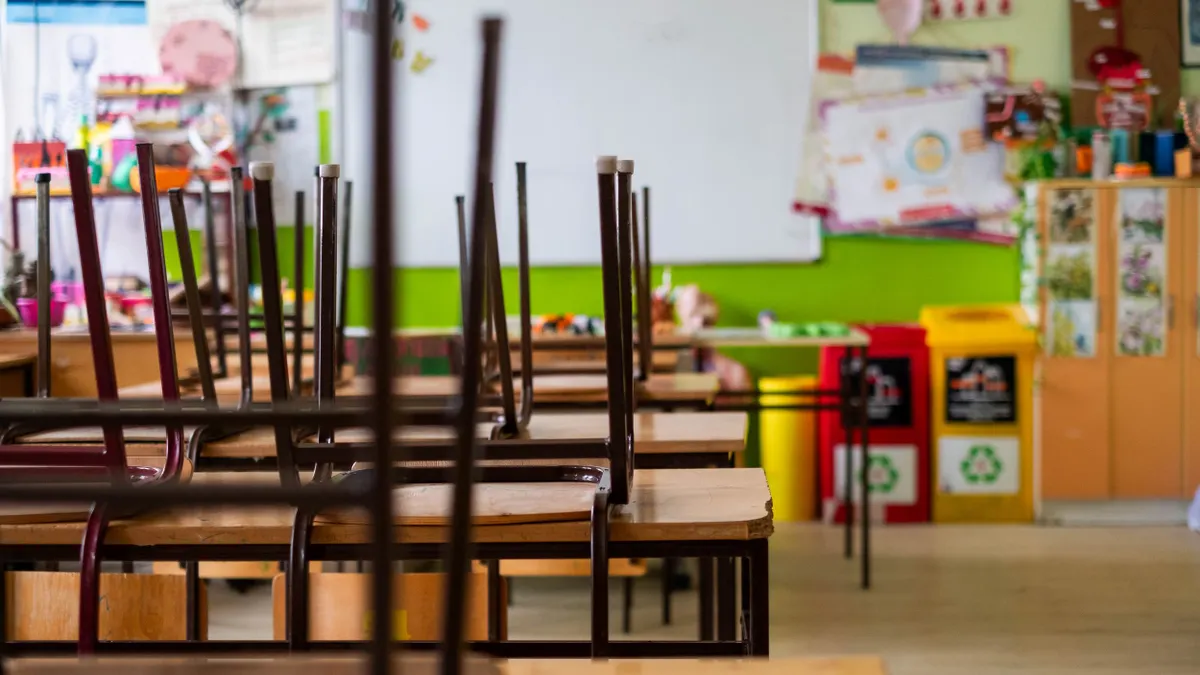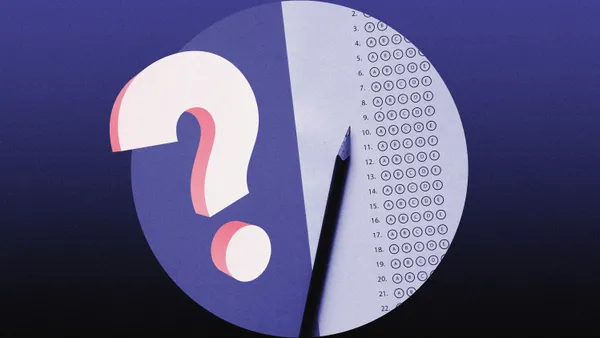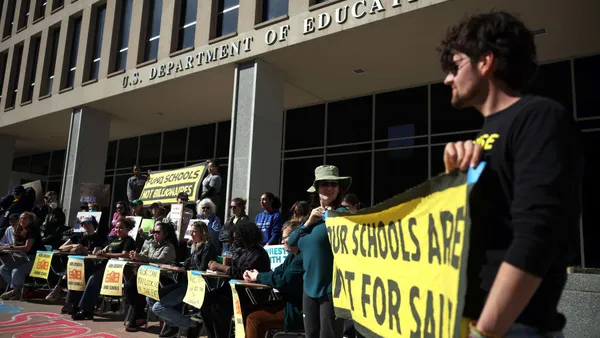Dive Brief:
- Austin Independent School District in Texas is weighing school consolidations that could go into effect as soon as the 2026-27 school year, amid challenges with prolonged declining enrollment, Superintendent Matias Segura told families in a letter this week.
- The district also released a data rubric scoring each of its schools based on size, condition, student enrollment and operational costs. The scores will help inform any changes that might be necessary, including boundary adjustments, transfer policies, or school closures and consolidations, according to the district.
- Austin ISD lost over 10,000 students within the past decade — resulting in about 21,000 empty seats districtwide. And it’s likely that enrollment will continue to decrease, the district said.
Dive Insight:
“Right now, we’re serving fewer students than we did nearly 30 years ago, but we’re operating more schools than ever. That spreads us too thin and limits what we can offer each campus,” Segura said in the Aug. 11 letter to families.
“Consolidation is one piece of a bigger plan to reinvest in what matters most — strong academic programs, outstanding teachers, modern facilities and the wraparound supports that help every student succeed,” the superintendent said.
District officials said they would make a draft plan available to the community before presenting proposed changes to the board of trustees on Oct. 9. The board is then to vote on a final consolidation plan on Nov. 20.
The rubric released Monday measures how aligned a school building is in serving students’ needs. It is not, however, a list of schools that are closing, Segura told families.
The district said on its consolidation planning website that it will aim to minimize impact on students and families, balance enrollment among the remaining schools, create clear feeder patterns as students move from elementary to middle to high school, and focus on long-term stability for the district.
During the 2024-25 school year, Austin ISD enrolled 72,700 students across 113 schools, according to district data.
Austin ISD’s planning reflects a broader national trend as many districts reckon with declining enrollment, straining already uncertain school budgets.
The Austin announcement follows similar news from other large urban districts.
Last week, Atlanta Public Schools said it was in the early stages of looking at school consolidation and merger plans in the face of significant enrollment drops. Additionally, St. Louis Public Schools in July proposed shuttering over half, or 37 of its 68 schools, within the next two school years due to declining enrollment and buildings running under capacity.
Researchers foresee districts having to close and consolidate more schools in the coming months and years, with student enrollment unlikely to rebound. A recent analysis from Bellwether, an education nonprofit, estimates declining enrollment may have cost the nation's 100 largest districts $5.2 billion in total lost revenue based on 2023-24 enrollment.
Public school enrollment changes nationally seemed to have persisted after the COVID-19 pandemic when parents increasingly explored alternatives to the traditional public school model and pivoted to private schools and homeschooling, according to a July study by Education Next.
Moving forward, public schools will need to continue navigating not only those shifts, but also declining birth rates and expanding school choice policies at both the state and federal levels.














